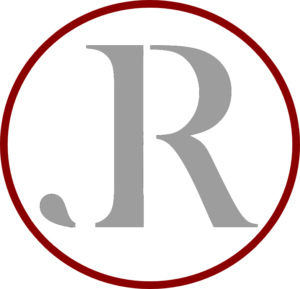In the movie The WIZARD of OZ, when instructed by the Fairy Princess.”… To follow the yellow brick road”, Dorothy asked “… but where do I begin?” The Fairy Princess replied: “It is always best when beginning to begin at the beginning.” And so it is with the education of the horse.
Nobody can teach you anything; you can only be guided. You have to find your own way through the minefield of errors, which is not to say that you should do it all by yourself. Find a riding teacher who has a thorough knowledge of the subject he is teaching and has the ability to explain things in a manner that you can understand and are comfortable with. Second, gain knowledge by studying theory as an ongoing, continuous process as you begin to practice. Theory and practical application cannot be separated, so having a clear understanding of what you are practicing will help you avoid some of the minefields.
Riding has nothing to do with the horse. Whatever the horse presents to you (good or bad) has been put there by some human, intentionally or unintentionally.
Riding entails the complete discipline of the rider. It encompasses the discipline of the mind, the body, the hands, and the legs. The horse mirrors the rider, not only the physical qualities but also the inner qualities.
The horse can never and in no way be considered responsible for the difficulties that inevitably complicate its schooling. The rider should always seek the causes of these difficulties in his own imperfections, which come principally from his seat, his bad or inadequate use of the aids or the program of schooling he has followed.
Riding is the only athletic activity in which one’s athletic ability is far less important than the technical and psychological competency, and in which sheer muscular power is far less important than sensitivity and intelligence.
Even the soundest riding method, no matter how meticulously and conscientiously it is applied leads only to mediocre or poor results if it is practiced without a clear understanding of the problems to be solved and the means to be employed. Anything attempted without understanding is almost always certain to fail eventually.
Only the aids (assuming that a steady and independent seat has already been established) correctly used from a technical point of view, applied with the necessary progression and precision at the right moment and above all with the necessary intelligence and understanding, make it possible to obtain a horse’s compliance to the rider’s invitation in a spirit of confidence and respect.
It is not the teacher (rider) who tells the student (horse) that he has learned the lesson. On the contrary, it is the student who tells the teacher that the lesson has been learned. The horse has the ability to learn whatever the rider is capable of teaching him.
